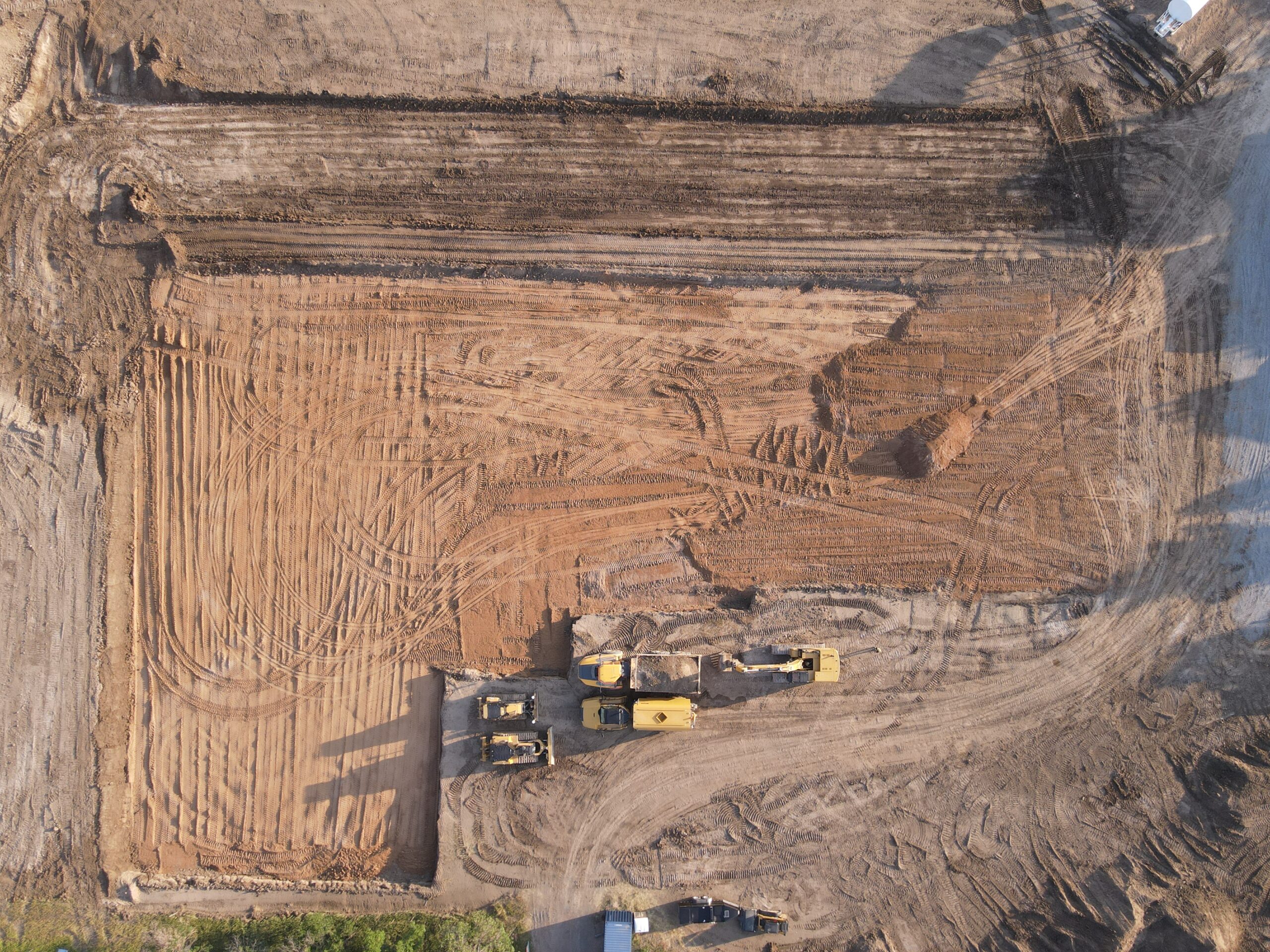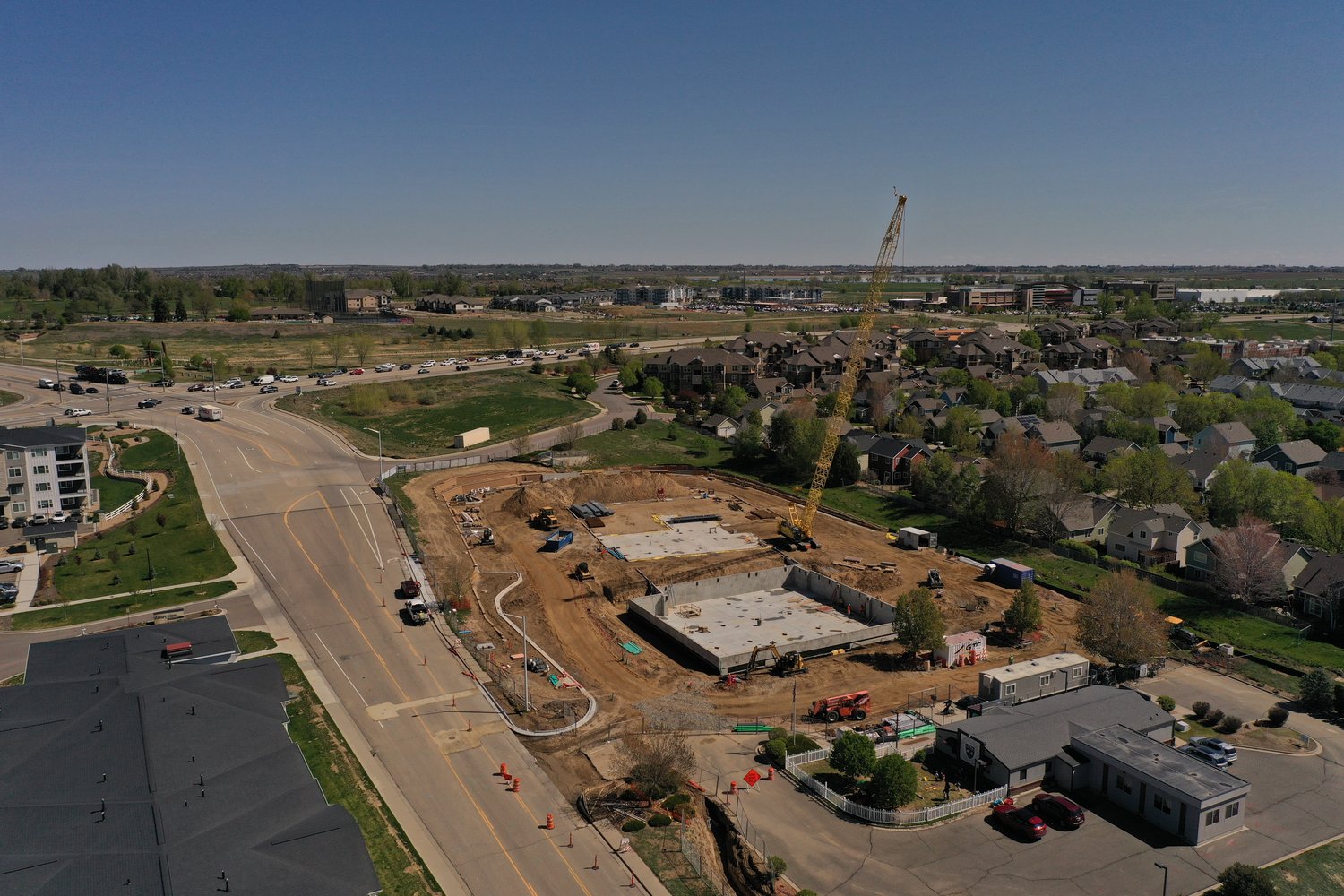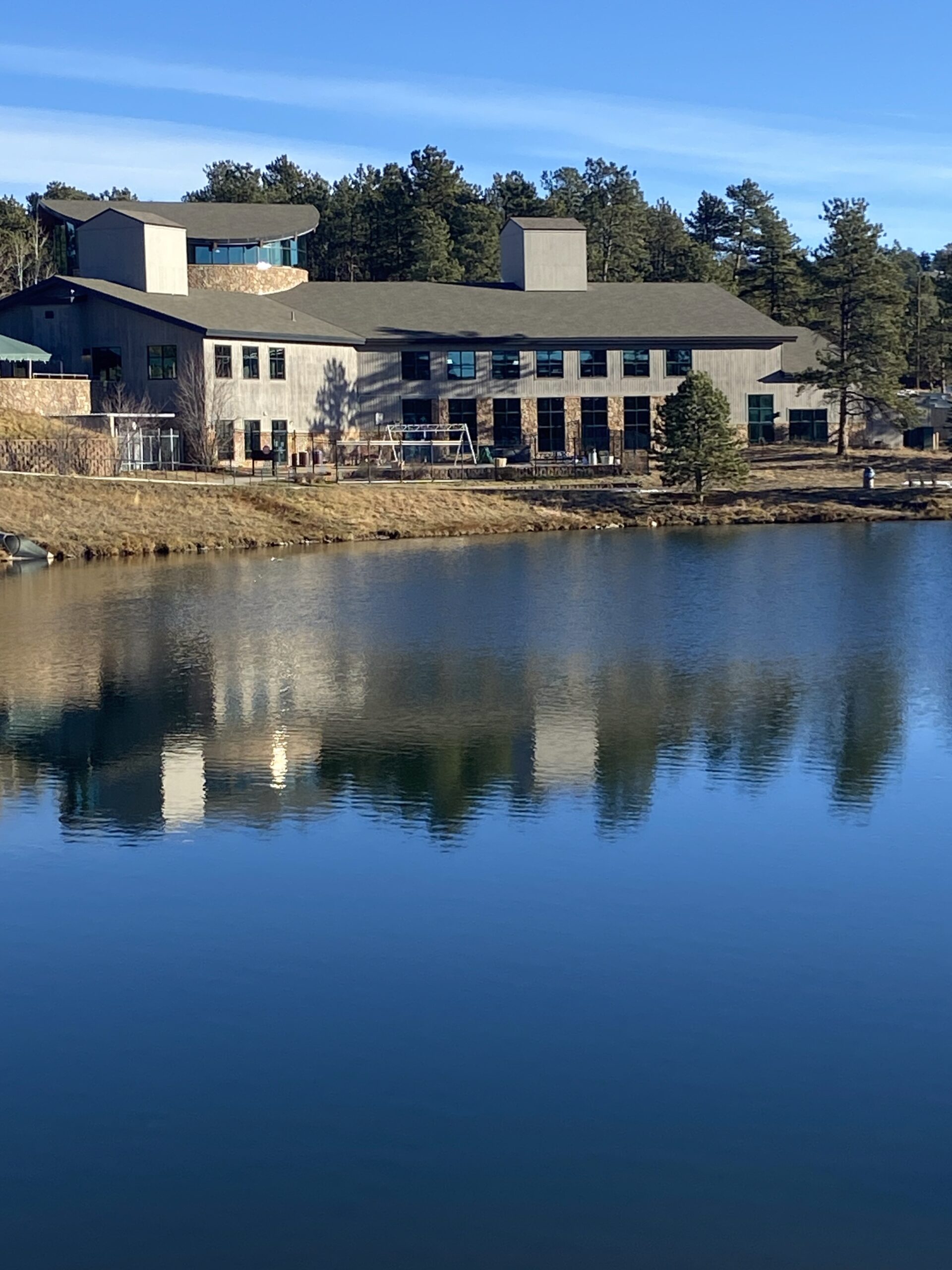Understanding the Construction Manager/General Contractor Project Delivery Method
At EVstudio, we believe great buildings start with great collaboration. That’s why we often recommend the Construction Manager/General Contractor (CM/GC) project delivery method for our public and nonprofit clients—especially when budgets are tight, schedules are aggressive, and success depends on teamwork.

We’ve seen the value of CM/GC firsthand on projects like TLC Early Learning Collaborative, Crown Pointe Primary, Westgate Community School’s new Audinasium, and the Buchanan Pool Expansion in Evergreen. In each case, CM/GC allowed our commercial architecture and engineering team to engage directly with the contractor early in design—leading to smarter decisions, better alignment, and fewer surprises.

What Is CM/GC?
CM/GC (also known as CM-at-Risk or CMAR) is a project delivery method where the owner hires a construction manager early in the design process, who later transitions into the general contractor role. Unlike Design-Bid-Build, where the contractor joins the team only after design is complete, CM/GC brings the builder to the table much sooner—allowing real-time input on pricing, schedule, phasing, and constructability as the design evolves.
Why Use the CM/GC Model?
- Early Collaboration = Fewer Surprises
With the contractor involved early, the design team can vet systems, materials, and structural solutions against real-world pricing and construction logistics. This is especially valuable for complex sites, tight schedules, or budget-sensitive projects. - Cost Transparency & Value Engineering
The CM/GC provides ongoing cost estimates during design. This iterative feedback loop helps the owner make informed decisions—trading scope, quality, and performance within budget, long before documents are finalized. - Schedule Advantages
Construction can begin on early work packages (such as grading or foundations) while final design documents are still underway. This phased approach helps compress schedules and minimize delays. - Risk Sharing
The CM/GC takes on the cost risk once the Guaranteed Maximum Price (GMP) is established. This aligns the contractor’s incentives with the project’s goals and budget.
EVstudio’s Role in CM/GC Projects
We’ve worked on numerous CM/GC-delivered projects, including education, civic, and early childhood facilities. Our multi-discipline team—architecture, structural, MEP, and civil engineering under one roof—means we’re built for integrated collaboration.
We meet early and often with owners, CM/GC teams, and stakeholders to align project goals with constructability realities. We speak the language of budgets and bid packages, helping keep cost estimates accurate and design coordination tight.
Whether it’s refining a foundation system to reduce excavation costs or simplifying framing to align with long lead times, we use CM/GC as an opportunity to create smart, cost-effective solutions without sacrificing design intent.
Where We’ve Seen Success

TLC Early Learning Collaborative (Longmont, CO)
Working with Golden Triangle Construction, we used the CM/GC process to revise the foundation system mid-design to accommodate an added second story—without compromising the budget. Early cost input shaped decisions on MEP systems, materials, and even furniture. This collaborative process helped the owner adapt to evolving program needs while maintaining schedule and cost alignment.
Crown Pointe Primary (Westminster, CO)
Crown Pointe Primary used the CM/GC approach to evaluate both wood and steel structural systems. With EVstudio’s full in-house design team—architecture, structural, MEP, and civil—we were able to rapidly convert the building from steel to wood framing to align with shifting cost goals in a volatile construction market. That flexibility saved time and cost while preserving the design intent and overall functionality of the school.

Buchanan Pool Expansion (Evergreen, CO)
The Buchanan Pool Expansion, designed in tandem with the Evergreen Parks and Recreation District in Evergreen, presents extremely tight constraints, including nearby structures, a sewer easement, and shallow, variable bedrock. Through early collaboration with the contractor, our team was able to develop a strategic foundation design that respects these limits while integrating smoothly with the existing pool building. The CM/GC model allowed us to test excavation depths, adjust pool placement, and refine surge tank coordination before finalizing design—ultimately helping the owner avoid costly surprises.
Considering CM/GC for Your Next Project?
We’d love to talk. Whether you’re a school district, developer, or municipality exploring delivery methods, EVstudio can help assess whether CM/GC is the right fit—and how to structure the process for success.







